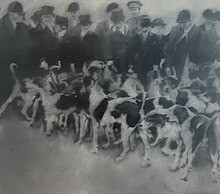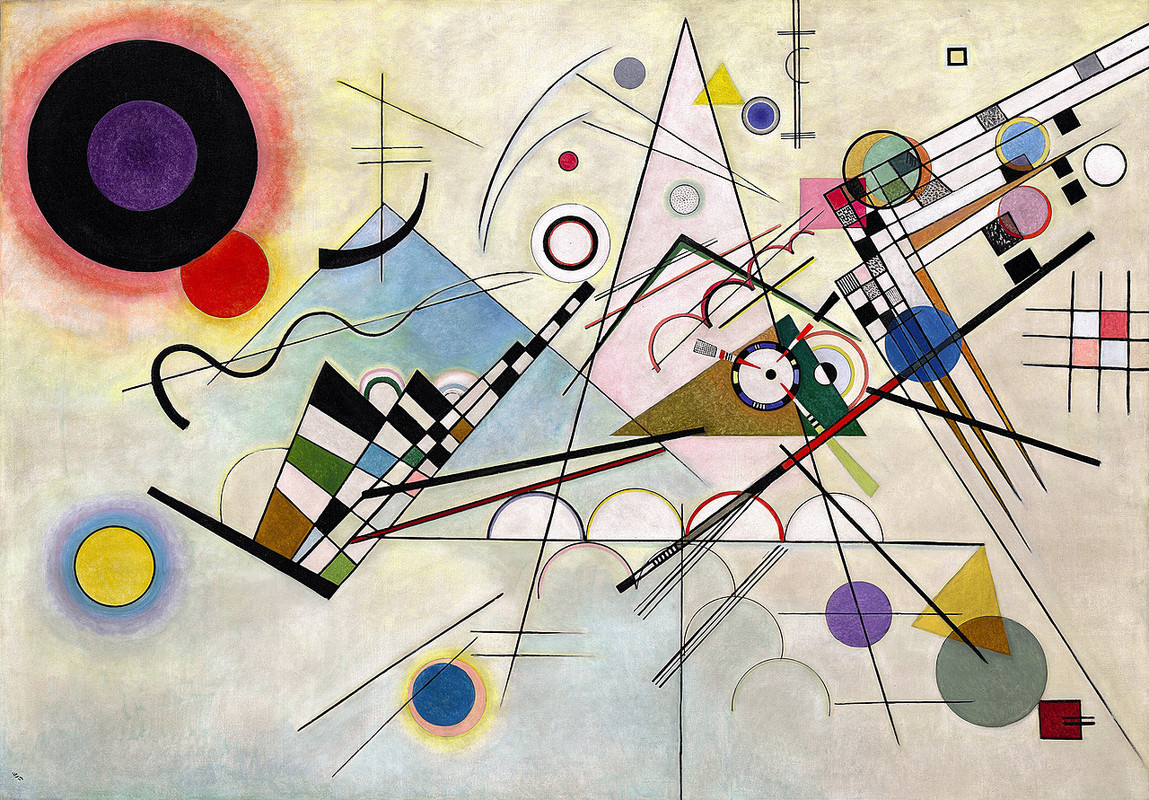Colors of emotions and forms: a journey through abstract art
Abstract art has been a transformative force in the art world, reshaping our perception of aesthetics and storytelling. Let's embark on a journey through the history of abstract art.
Early 20th Century: The Beginnings - Wassily Kandinsky is often credited as the pioneer of abstract art. His compositions using vibrant colors and shapes to express emotions laid the groundwork for abstract art.
Wassily Kandinsky - often referred to as the father of abstract art. His works are characterized by the use of vibrant colors and unconventional shapes, through which he expressed his emotions and spiritual ideas.
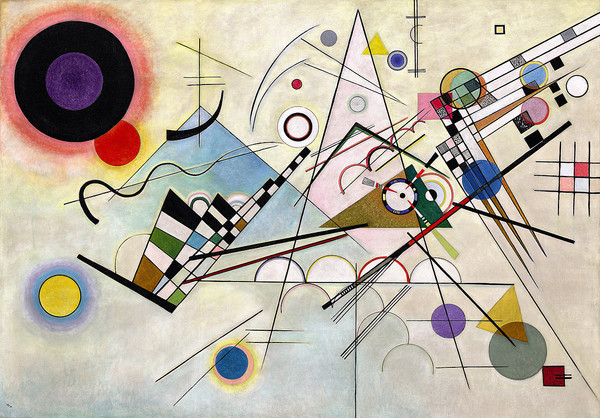
1920s-1940s: Development and Diversity - Piet Mondrian's work in the De Stijl movement, characterized by geometric simplicity and primary colors, marked a significant phase in abstract art, introducing a new visual language.
Piet Mondrian - known for his work in the De Stijl movement, Mondrian created works with a clear geometric structure, using primary colors and black lines, creating a very recognizable and influential style.
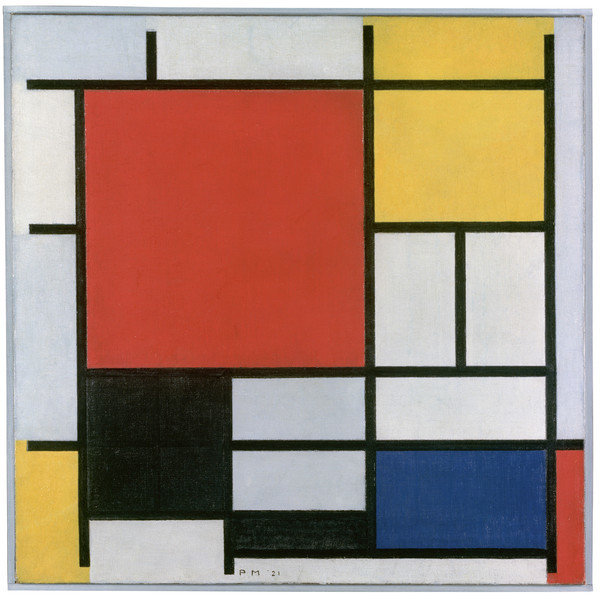
1940s-1950s: Abstract Expressionism Emerges - Jackson Pollock, known for his drip painting technique, brought a dynamic and spontaneous approach to abstract art, making him a key figure in abstract expressionism.
Jackson Pollock - known for his drip painting technique, Pollock was a key figure in abstract expressionism. His works are characterized by dynamic, energetic, and spontaneous strokes.
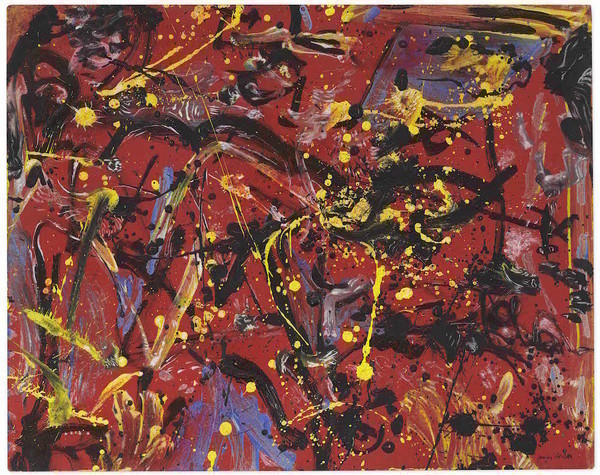
1960s-1970s: Minimalism and Post-Painterly Abstraction - Mark Rothko's large, monochromatic canvases epitomized minimalism and post-painterly abstraction, focusing on the emotional impact of colors.
Mark Rothko - known for his large, monochromatic canvases, Rothko was an important representative of minimalism and post-painterly abstraction. His works focus on the interplay of colors and emotions.
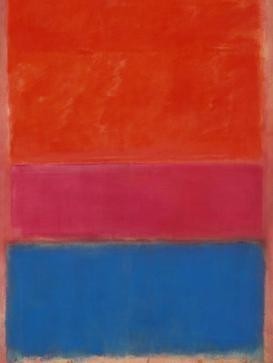
1980s-Present: Contemporary Abstract Art - Gerhard Richter's diverse techniques, including his blurred paintings, represent the ongoing evolution and diversity in contemporary abstract art.
Gerhard Richter - although his work spans various styles, his abstract pieces, which include the technique of smearing paint, are very influential in contemporary abstract art.
